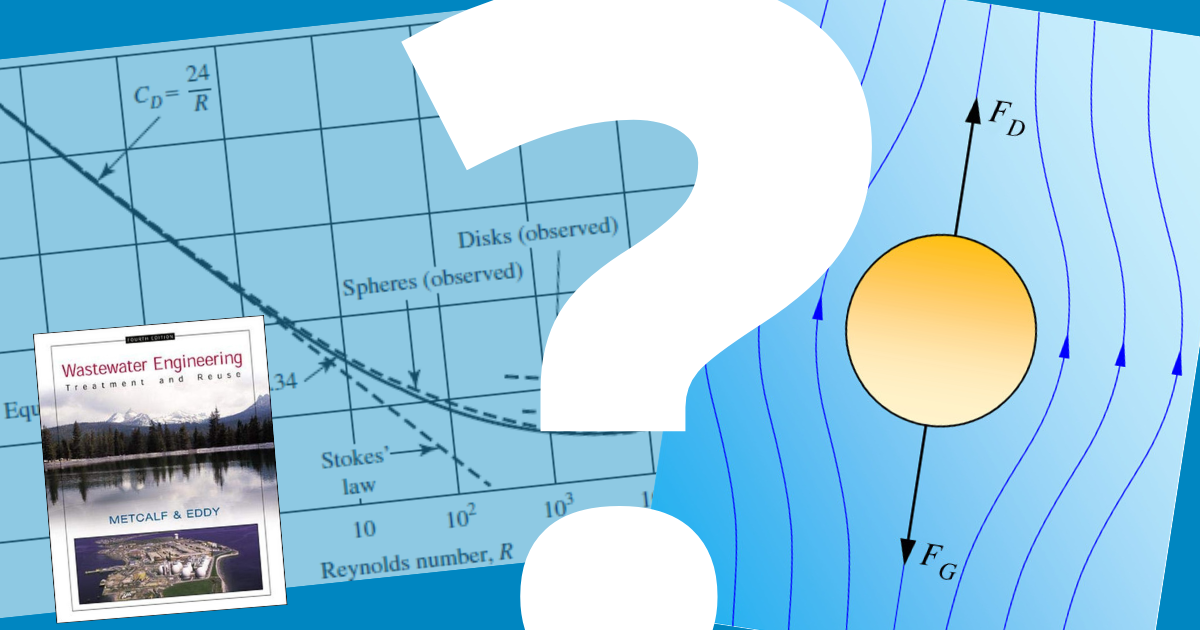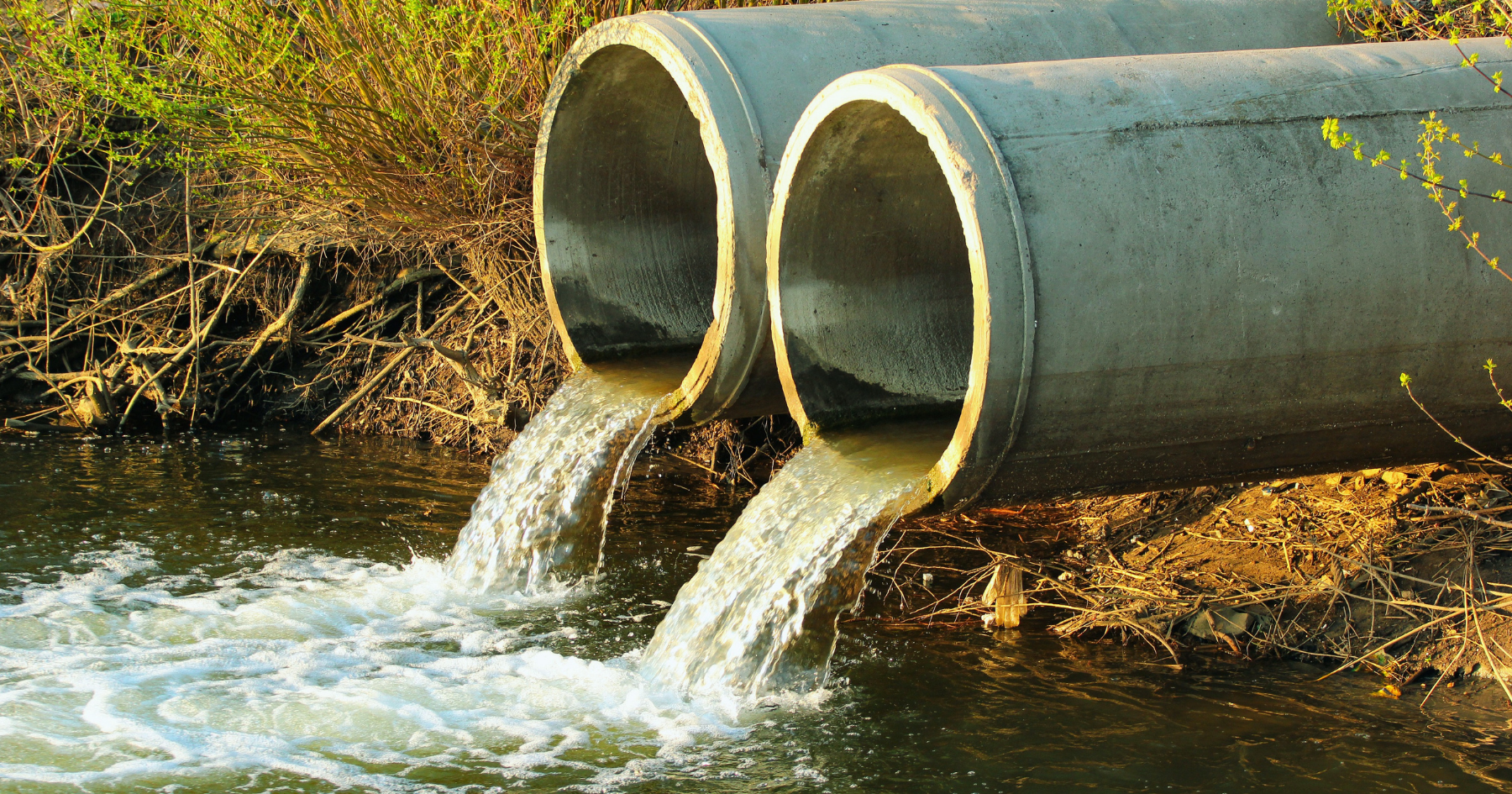Stress Testing Universally Held Understandings in Pretreatment
- Jul 23, 2021
- 0 Comments

I’ve had to change my understanding of many long-held beliefs. Sometimes, I need to be publicly embarrassed to shake myself free of an assumption.
That happened 30 years ago when I was visiting the New Hampshire State Environmental Health Department. Officials there asked me how long it takes a 1,000-gallon grease separator to drain a 50-gallon input flow from an upstream 3-compartment sink. Knowing a typical 3-compartment sink would flow about 25 GPM, I figured it would take about three times its initial sink flow rate time of two minutes (50 gallons divided by 25 GPM).
“Six minutes,” I said, without a trace of doubt.
They immediately told me I was wrong. Researchers had already conducted field tests that took hours for the entire 50-gallon flow to exit the 1000 tank separator.
“Want to know why?” one official asked. “Because the flow entered the separator under a dynamic head of three feet and, once inside the tank, this 50-gallon addition raised the fluid level by about 2 inches.”
He went on to explain that a 2” head pressure is not much pressure. It takes a long time for the flow to drop from a 2” head to a 1” head to a 0.5” head, and so forth until there is so little head pressure that only a trickle flow is left. This trickle flow continues for a long time.
One of the many lessons that encounter taught me is that it’s always good to test assumptions. This is particularly true in pretreatment because it spans a vast knowledge zone. You have to constantly adjust your way of thinking as new technology debuts and new field/experimental data comes to light.
Is it possible to assume there are universally held “technical understandings” that solve nearly all fats/oils/grease issues? Are there other universally held “technical understandings” that are expected to solve TSS, BOD, pH, and other pretreatment/collection system issues? How did these “universally held technical understandings” come about and why are they still the tail that wags the proverbial dog?
This piece questions a few of these universally long-held “technical understandings.”
The Understanding: The accumulation of heavier-than-water solids in a grease separator negatively affects grease separation and retention performance because it takes away from the fluid volume available for separating and retaining grease.
The Truth: It does not — at least not enough to have a major effect. Unlike grease that rises to the top and spreads across the separator in a uniformly thick layer, heavier-than-water solids immediately drop down and pile up adjacent to the inlet invert’s fluid release point into the grease separator. Lighter-than-water solids rise up and get entrained in the floating grease mat. Solids that are about the density of water eventually waft out of the separator with successive fluid inputs into the separator. Dense solids heavier than water do not go far into the separator. They clump down on the bottom.
Entering flows are predominately water and displace existing water in the grease separator. It is the water on the bottom of the unit that is displaced. Water flows in, water flows out, grease globules and lighter-than-water solids float upward, and heavier-than-water solids fall to the bottom as flow velocity immediately tails off around the inlet. Solids of the same density as water leave the separator in subsequent flows. This is the reality of a grease separator.
The Understanding: Those heavier-than-water solids interfere with grease separation efficiency
The Truth: There could be a grease separator design adversely affected by solids accumulating around the inlet baffle. For the vast majority of grease separators, however, solids accumulation does not have a consequential effect on grease separator performance until the inlet invert fluid release point is clogged by solids. When that happens, the problem is rarely grease separation efficiency. More often, it’s that an upstream food service establishment has shut down because flows aren’t able to enter the grease separator.
The Understanding: The larger the separator the better when it comes to capturing fats and oils from detergent/oil/fat emulsions.
The Truth: Adding capacity does not help capture the oils/fats in detergent/oil/fats emulsions. The only way to do so is to prevent oil/fat/detergent emulsions from forming in the first place. This must be done upstream with changes in ware washing practices.
Why? It all goes back to Stokes Law and a Metcalf and Eddy book written in the 1960s. Stokes Law accurately describes a droplet of lighter-than-water material rising in water. The short explanation is the larger the droplet and the less dense its material is than the surrounding water, the faster the droplet will rise in water. Stokes Law is real and cannot be challenged. However, Stokes Law only applies to immiscible fluids (i.e. liquids not forming a homogenous mixture when added together). Free-floating fats/oils and water are immiscible. They do not mix. The fats/oils and water want to get away from each other with the fats/oils rising to the top and the water descending to the bottom.
Fats/oils combined with detergent and water are miscible (i.e. they form a homogenous mixture) and thus Stokes Law does not apply because the mixture does not want to separate. All the coupled fats/oils/detergent molecules want to do is mingle with water molecules, and this mingling results in the coupled fat/oil/detergent molecules dancing out the outlet of a grease separator.
There are often one or more aspects at play when flows are released from foodservice facilities leading to high fat/oils effluent numbers downstream of grease separators. Here are a few examples:
- More detergent in the water flow creates more oil/fat/grease emulsions.
- More turns in the pipes create more physical and chemical emulsions. In this case, chemical emulsions are detergent/fat/oil emulsions
- The slower the flow through a grease separator (retention time), the better the separation of free-floating fats and oils. Detergent/fat/oil emulsions, however, are not affected by longer retention times as they won’t separate and will eventually exit the grease separator.
- Caustic type dishwasher detergents (usually seen in large institutional sites with high-temperature conveyor-style dishwashers) can lead to saponification of trapped grease and oils. Trapped grease becomes soluble when saponified (high pH trying to make grease into soap constituents) and erodes the floating grease mat.
The Understanding: Hot water adversely affects grease separator performance.
The Truth: Actually, it does not adversely affect grease separator performance. Grease, oils, and fats happily float just as well in hot water as they do in cold water. Years of PDI and ASME testing proves that point. Those tests are carried out with 150- to 160-degree F water and lard.
Hot water DOES enhance the creation of detergent/FOG emulsions as the higher temperature significantly enhances detergent activity. Commercial dishwasher flows contain high levels of unused detergent. When coupled with hot water, this detergent emulsifies all fats and oils it comes in contact with as it travels down the piping to a downstream grease separator.
Where does all the above knowledge take us in our quest for community compliance? Here’s a quick review:
- Grease separators are dumb devices and cannot alter the constituents in the flows received
- Solids must reach terribly high levels to affect a grease separator’s performance. Long before that occurs, the solids have created a problem for the upstream facility (flow stoppage/slowing) and/or in pH and hydrogen sulfide values.
- Upstream prevention and interception are significantly more effective than significant increases in downstream grease separator volume.
As I experienced in New Hampshire three decades ago, having a long-held belief challenged and disproved can be uncomfortable. These challenges compel us to adjust our views accordingly. Positive progress occurs not just for us personally, but also for the pretreatment community as a whole.
I’d love to hear your feedback and insights on these understandings. Leave a comment below or contact me directly at [email protected].









